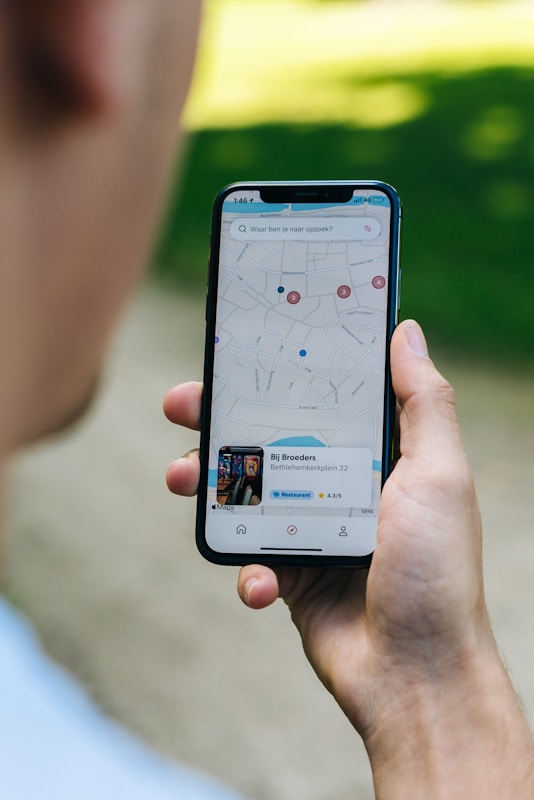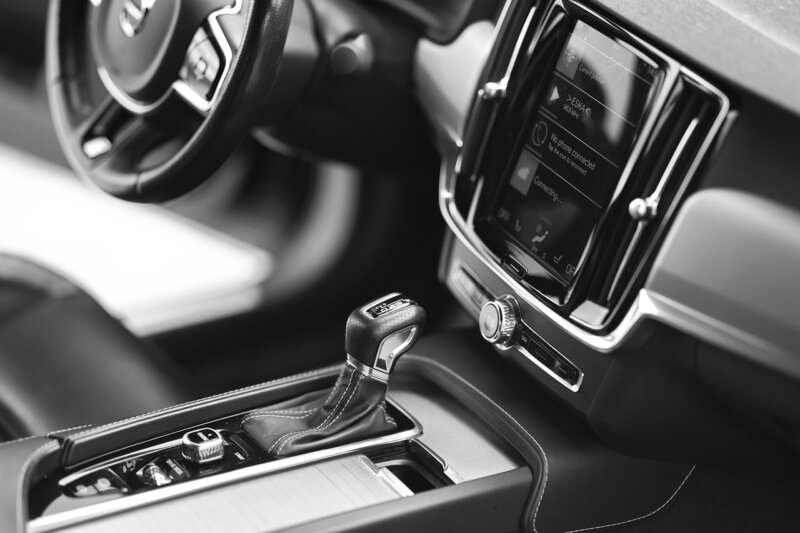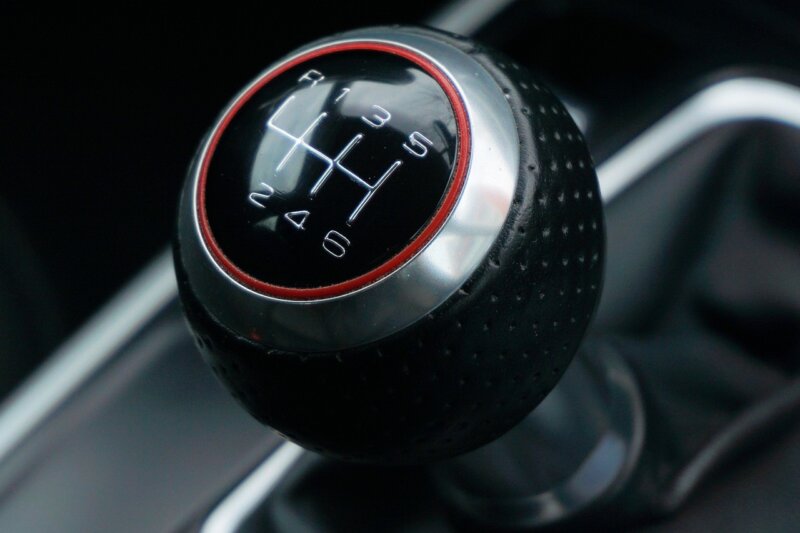Stuck in traffic again, or miss a turn with bad directions? You are not alone. Waze, Google Maps, and Apple Maps help in different ways. Each app handles Mapping, GPS, Traffic, and Navigation with its own style. This guide compares route choices, rerouting speed, interface, and privacy. Pick the Route tool that matches how you drive.
Real-Time Traffic Updates
Drivers want fast, trusted traffic info. These apps blend live data in different ways. Some lean on a Community of drivers. Others use long-term trends from many trips. Your GPS directions can change as new events appear.
Waze: Community-driven, real-time incident reporting
Waze runs on user reports. Drivers share live alerts about speed traps, crashes, jams, and hazards. That stream of tips helps you dodge delays and avoid risk.
In 2023, the app had over 9 million U.S. downloads. You can flag closed roads, police checks, or debris. The alert list covers more incident types than most rivals. The speedometer, a tool that shows your current speed, turns red at the legal limit. Many users find it very accurate.
Waze also offers group chat on the map, gas price sharing, and custom voices for guidance. You can save contacts or spot nearby friends. It feels like teamwork. For example, a driver ahead may warn about a crash, then your route shifts a minute later.
Google Maps: Accurate traffic predictions with historical data integration
Google Maps blends live traffic with years of historical data. Historical data means old patterns that show how roads usually flow. With both views, the app can forecast slowdowns and suggest another path before you get stuck.
It uses crowdsourcing too, which is data shared by users, but less than Waze. The speedometer feature gets solid ratings, but the speed limit display does not work in every region. Eco-friendly route options can reduce fuel use. You can switch to satellite or terrain views. It handles car trips, walking, bikes, and transit, plus multi-stop planning. Many testers rate it a top Navigation pick in 2025 with 4.5 out of 5 stars.
Apple Maps: Real-time updates with fewer user contributions
Apple Maps pulls real-time traffic and transit from pro data and live feeds. User reports play a smaller role here. Nearby transit shows buses or trains as they approach.
Bike routes display hills, stop signs, and traffic lights. Speed limit data is not available in all areas. A major redesign in 2020 made live features smoother. The interface is clean with simple menus and clear labels. Reports are fewer than Waze, but the basics are covered. The voice guidance is easy to follow, which helps you keep eyes on the road.
Next up, see how route accuracy and rerouting compare across the three apps.
Navigation Accuracy
Fast route changes save time. Smart path choices matter even more in busy places.
Route accuracy and rerouting capabilities compared
Waze often nails the fastest path in crowded cities, including the UAE. Lane assist, which shows the correct lane to use, helps prevent missed exits that waste 10 to 30 minutes. Rerouting feels quick, and incident reporting is broader than Apple Maps.
Google Maps plans strong routes too. It leans on traffic history to pick paths. Incident reports are not available everywhere. Both Google Maps and Waze include a speedometer. Waze highlights speeding by turning the dial red. Apple Maps shows speed limits, but coverage is still growing.
Only Waze lets you check expected drive times up to a week ahead. In one scoring system, Google Maps earned 10 points for Navigation experience. Waze reached 15.5 points. Apple Maps has improved, but geolocation accuracy still trails in some regions.
Interface and Design
Looks and layout affect how fast you read the map. Clear icons and readable labels cut stress on the road.
User-friendliness and visual appeal of each app
Waze uses bold lines and bright colors for strong visibility. Large icons make alerts easy to spot at a glance. Map rotation tracks your car direction well, so turns feel natural.
Google Maps shows a lot of data on one screen. Power users may love that detail. Some drivers may see clutter. Frequent zoom or angle shifts can feel busy.
Apple Maps keeps a minimalist look with a big green Go button. Landmarks and businesses stand out. The map can show air quality and temperature in supported areas. That saves taps when you want quick context.
Features Beyond Driving Directions
Each app adds extra tools that help before, during, and after a trip. Some help you plan. Some help you explore. Others focus on safety.
Google Maps: Local discovery and offline maps
Google Maps makes local discovery simple. Ratings appear right on the map. That means finding a top restaurant or store can take seconds.
Filters let you sort by distance, match, price, rating, or open hours. Lens, a camera-based feature, shows details when you point at a storefront. Offline maps keep Navigation working when service drops.
Place pages include photos, videos, and detailed reviews. You can save favorites into custom lists with emojis and notes, then share them. Timeline tracks places visited over time. That helps with trip planning or tax logs later.
Waze: User-generated hazard alerts and speed trap warnings
Waze puts safety signals front and center. The Community reports crashes, stopped cars, jams, and speed traps in real time. Alerts reach nearby drivers fast and often redirect your Route.
The speedometer warns as soon as you pass the limit. Waze supports more report types than Apple Maps and refreshes them quickly. You can save contacts and see nearby users for more shared insight.
There are limits. Place lists are short and can miss useful options. Offline map downloads are not supported. Place info shows one rating number, not the long reviews found in other Mapping apps.
Apple Maps: Seamless integration with iOS features
Apple Maps fits neatly with iPhone and Apple Watch. Shortcuts lets you automate tasks like sending ETA, which means estimated time of arrival, or starting directions with Siri. The screen wakes for route changes, and the voice guidance uses plain words.
The app pins your parked car so you can find it later. Bike routes mark hills, stops, and lights. Look Around offers 360 degree street images in select countries. Lists help organize favorite places, though options are basic.
Business details are strong in supported regions. Review counts can be lighter than Google Maps. The clean design makes turns easy to follow.
Privacy and Data Usage
These apps collect data differently. That affects both privacy and your phone plan. It can also change how often routes update.
How each app handles user data and privacy concerns
Waze uses very little mobile data, about 0.23 MB per 10 miles. That helps on tight data plans. Waze collects live road info from the Community. Your location is tracked while the app is active. You can limit what you share in settings.
Google Maps lets you auto delete location history every 3 months or 18 months. You can also delete it by hand. The app asks for consent before sharing things like wheelchair access info. Security measures are strong, but Apple Maps puts more processing on your device.
Apple Maps keeps most searches and directions private by using on-device processing. It resets your location history often. Some data goes to partners for weather and other services. For any app, follow local laws and drive safely. Glance at the screen only when it is safe.
Best Use Cases for Drivers
Each app shines in a different setting. Pick the one that fits your trip and goal.
When to use Waze, Google Maps, or Apple Maps
- Waze: Best for real-time alerts and fast rerouting in heavy Traffic. Great in cities, during rush hour, or on unfamiliar roads.
- Google Maps: Best for detailed Directions almost anywhere. Strong for finding food, gas, and shops along the Route. Good cycling options help avoid hills and busy streets.
- Apple Maps: Best if you use iPhone or Apple Watch each day. Simple Interface, strong privacy, and smooth transit support inside iOS.
Try an example test. Plan the same 20 minute drive in each app at 5 pm. Watch how routes shift and which alert arrives first.
Bottom Line
Choose based on needs and habits. Waze excels at live, Community-powered Traffic updates and fast rerouting. Google Maps brings deep local info, strong Navigation, and offline maps. Apple Maps offers a clear Interface, tight iOS fit, and strong privacy.
There is no single winner for every driver. Try each on a familiar Route. See which Mapping and GPS features save time and reduce stress for you. Obey all traffic laws and keep eyes on the road.







